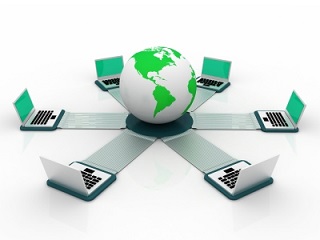• Power consumption. Using thin clients the power consumption is drastically reduced since these types of devices consume between 7 and 20 watts. Moreover, Thin client devices do not generate heat, so there are no significant temperature changes in the room where they are operating and therefore it is not necessary to increase the refrigeration in the spaces enabled for work.
• Security. Since virtual desktops are hosted in a completely secure environment and are subject to usage policies, they are quite a bit more secure than standard desktops. With non-persistent virtual desktops, the virtual desktop returns to its initial state each time a user closes his/her session. It is also possible to perform a centralized emergency shutdown of infected virtual desktops, forcing the users to shut down their sessions. Subsequently, these desktops can be restarted in isolated environments in order to eliminate the virus from the network.
• Station management and administration. You can administer, manage and operate any virtual desktop in the fleet from a centralized administration center, which has a direct impact on the customer service quality.
• OS and application updates. Thanks to the use of non-persistent virtual desktops, OS updates can be performed practically automatically, since the platform administrator can prepare the different templates that make up the migration and test the deployment in a testing environment. When the new desktops are ready, the user starts a new session with the new OS implemented. The installation and configuration of new applications has a similar process.
After analyzing all these factors we may say that virtual desktops, among other things, improve the management, operating and security of the lifecycle of desktops.







0 Comments